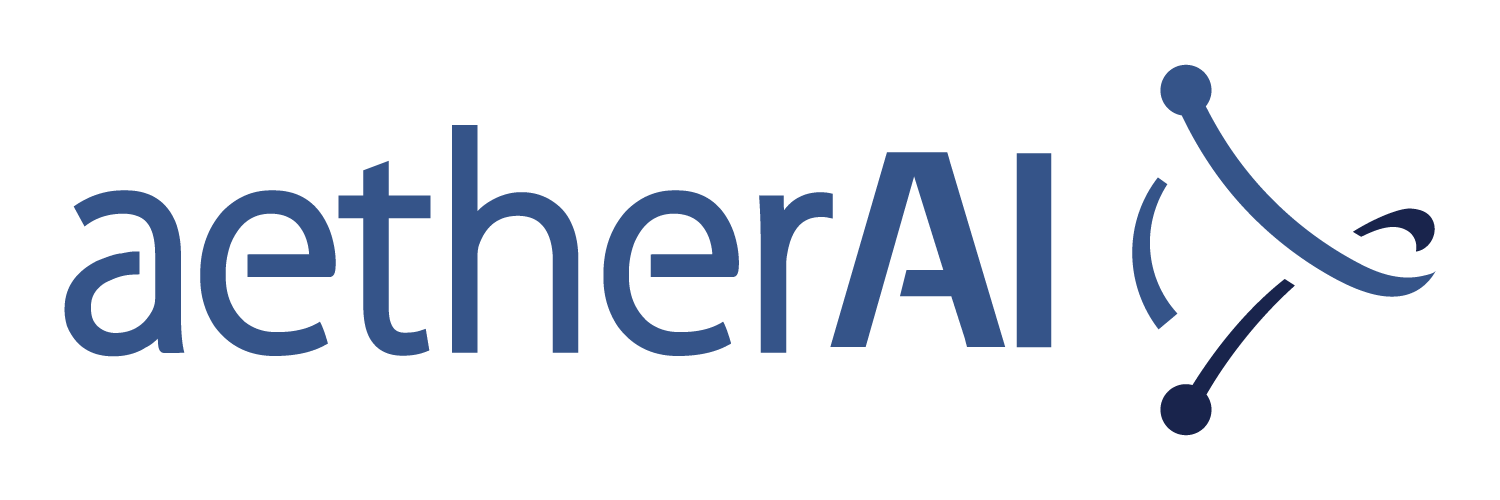Newswise — After nearly ten years of research and development, scientists at SUNY Downstate Medical Center in Brooklyn and Peking University in Beijing were awarded a United States patent for their virtual telemicroscope. This patented software permits off-site pathologists to diagnose cancer or other diseases in patients living in remote locations around the world.
Virginia M. Anderson, MD, associate professor of pathology at SUNY Downstate, and Jiang Gu, MD, PhD, dean and chairman of pathology at Peking University, developed the virtual microscope system, the only one of its kind capable of emailing electronic slides. Using their patent, the Chinese company Motic – a global leader in microscope manufacturing — created a microscope with a robotic stage that scans whole slides at various magnifications and then creates compressed images that can be emailed all over the world.
In China, where the device is being tested as a diagnosis instrument, 600 hospitals do not have an on-site pathologist. The system was developed with that fact in mind.
“Enormous voids in pathology services exist. Virtual slides are definitely going to improve diagnostic accuracy and healthcare,” says Dr. Anderson.
The Motic telepathology system utilizes a computer and microscope, which enables interactive communication on a user network. A robot scans the whole tissue sample on the microscope. Subsequent images corresponding to the selected area of the specimen are linked at higher magnifications. The patented software turns an ordinary computer into a virtual microscope. High magnification images are compressed and linked to the low power scanned glass slide that is stored as a virtual slide file. Images can then be emailed and analyzed by pathologists at remote locations. Once received, Internet independent images can be stored and viewed as part of the electronic medical record or medical student teaching file.
“The virtual telemicroscope is designed the way pathologists think and work,” Dr. Anderson says, adding, “A pathologist would never scan an entire histopathologic section at high power. This is inefficient and unnecessary. Slides prepared by an experienced pathologist will focus on important areas to make a diagnosis.”
Clinical trials showed that Motic’s virtual telemicroscope is “as good as or better than the competition.” The system is also teaching-friendly, allowing professors to manipulate existing digital slides and create new slides for students to study.
The next generations of medical students and pathologists are being taught through interactive technology. The virtual telemicroscope will save time and money, improve medical education, and provide insight into the pathogenesis of disease. Microscopes will be used to prepare whole slide images for analysis on a big screen or laptop computer.
The SUNY Downstate system produces the only virtual slides that can be emailed around the world. Moreover, it is also the least expensive, Internet independent solution for expert consultation. Clinical trials published in the journal, Human Pathology (February 2008), confirm the diagnostic accuracy of virtual slides as compared to traditional methods.
































